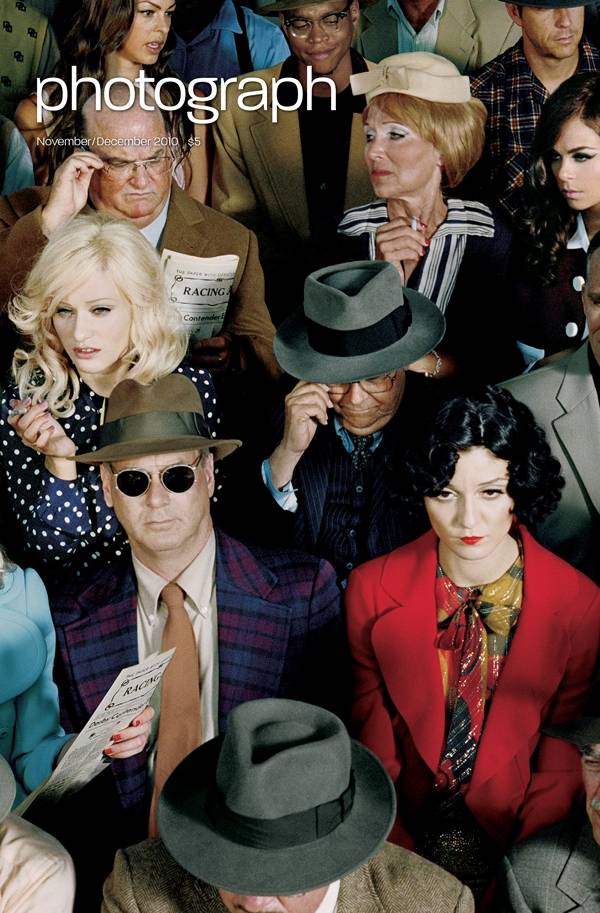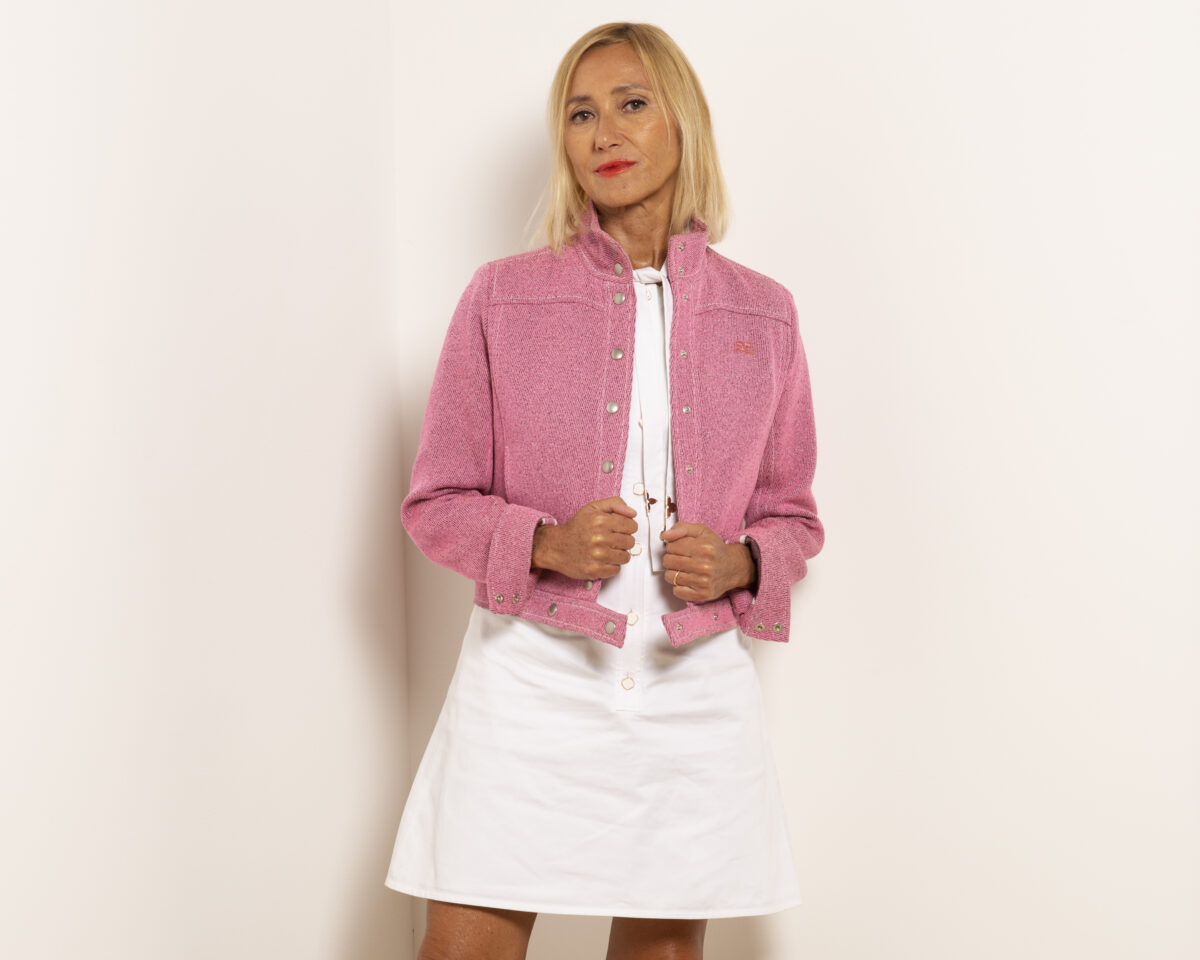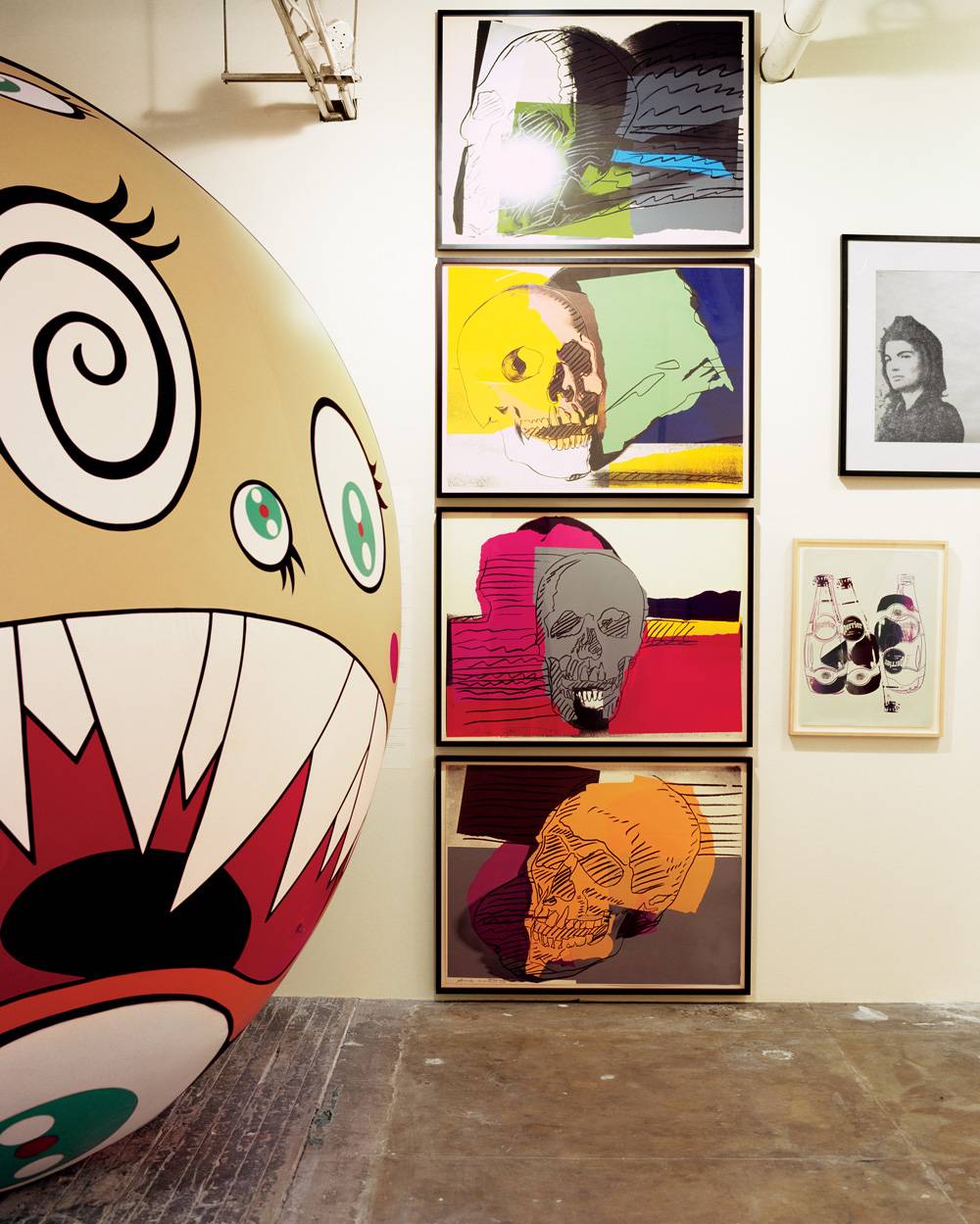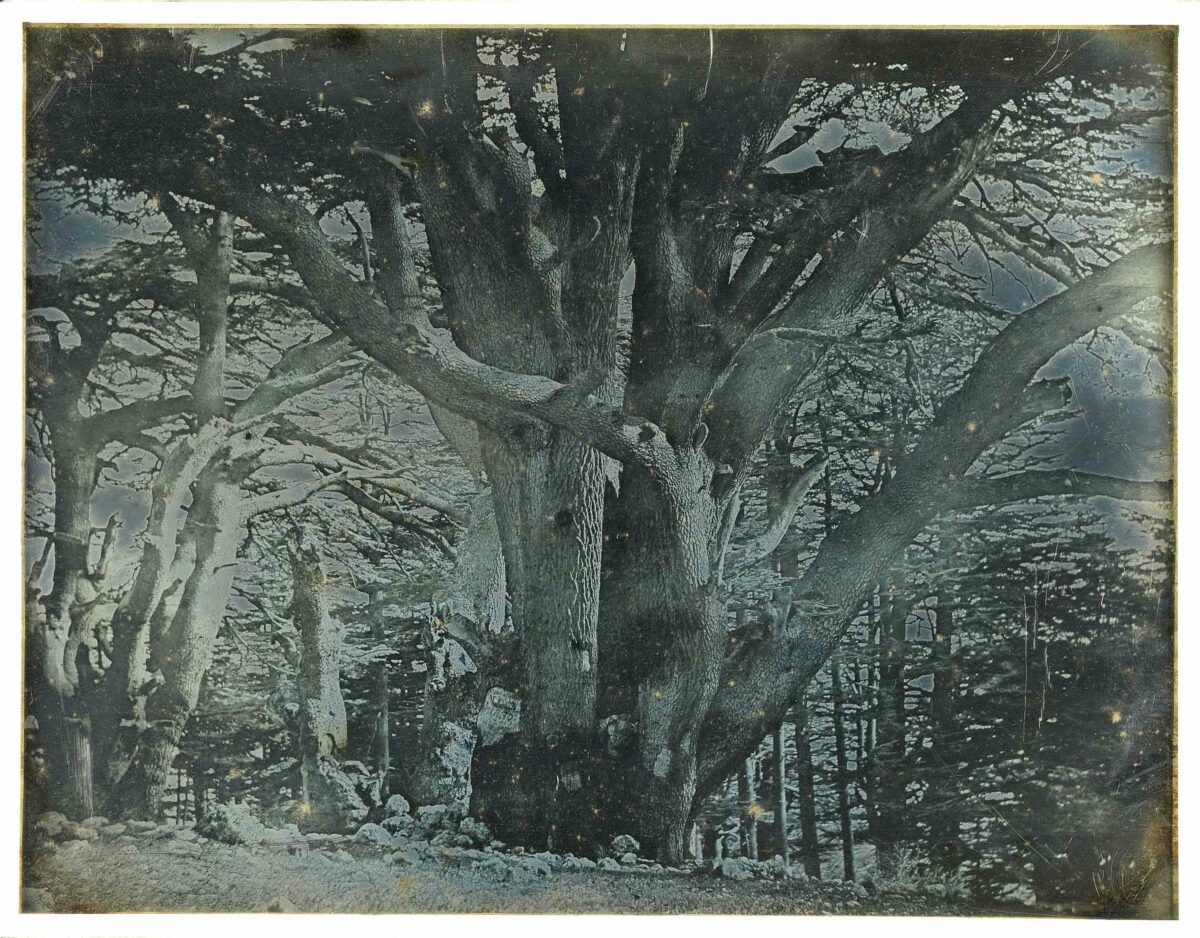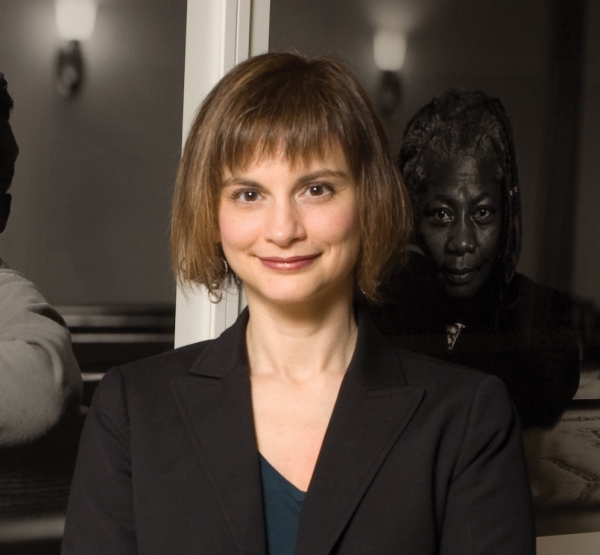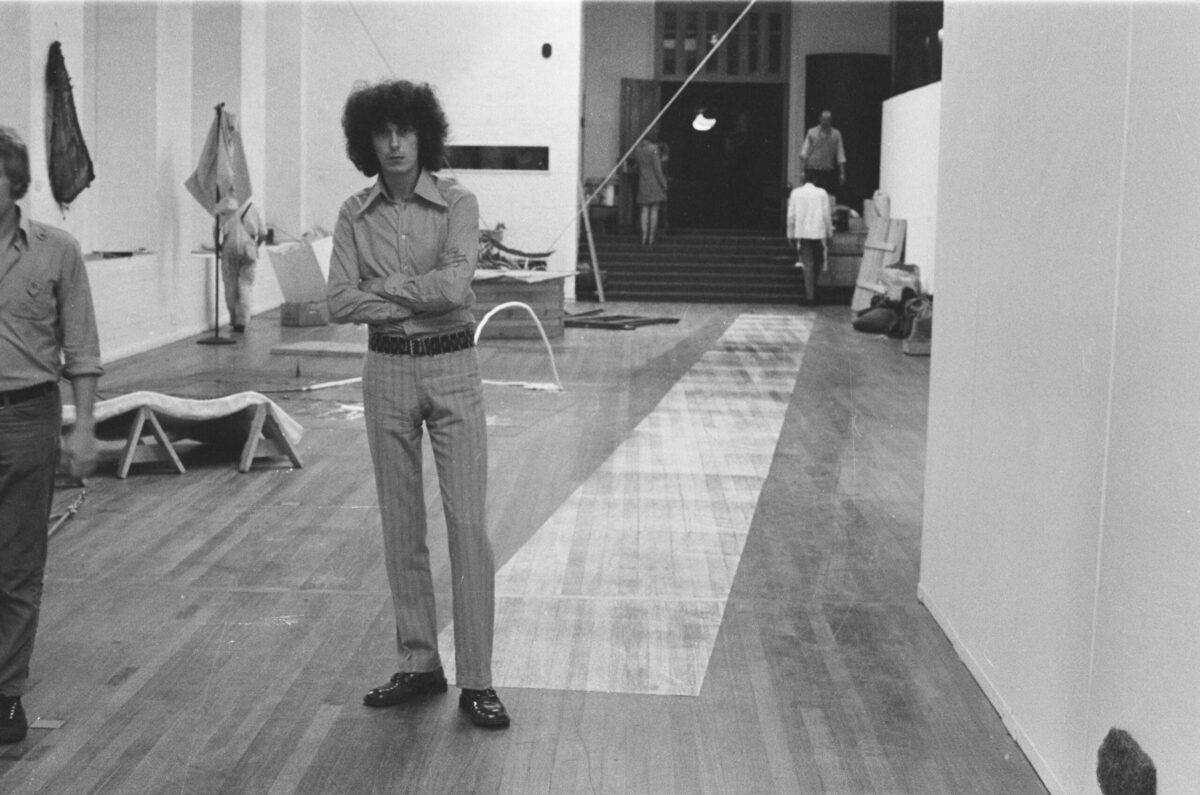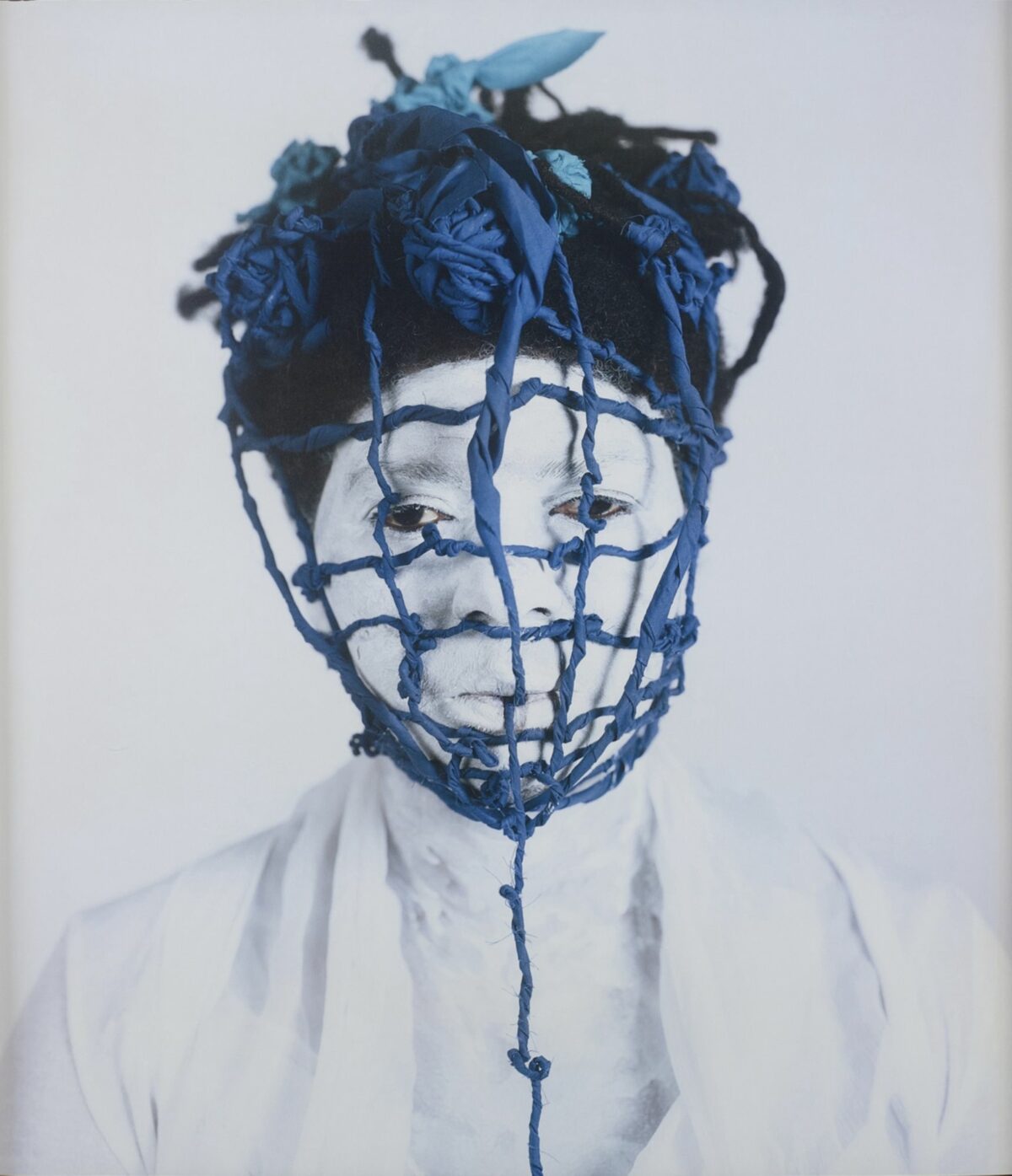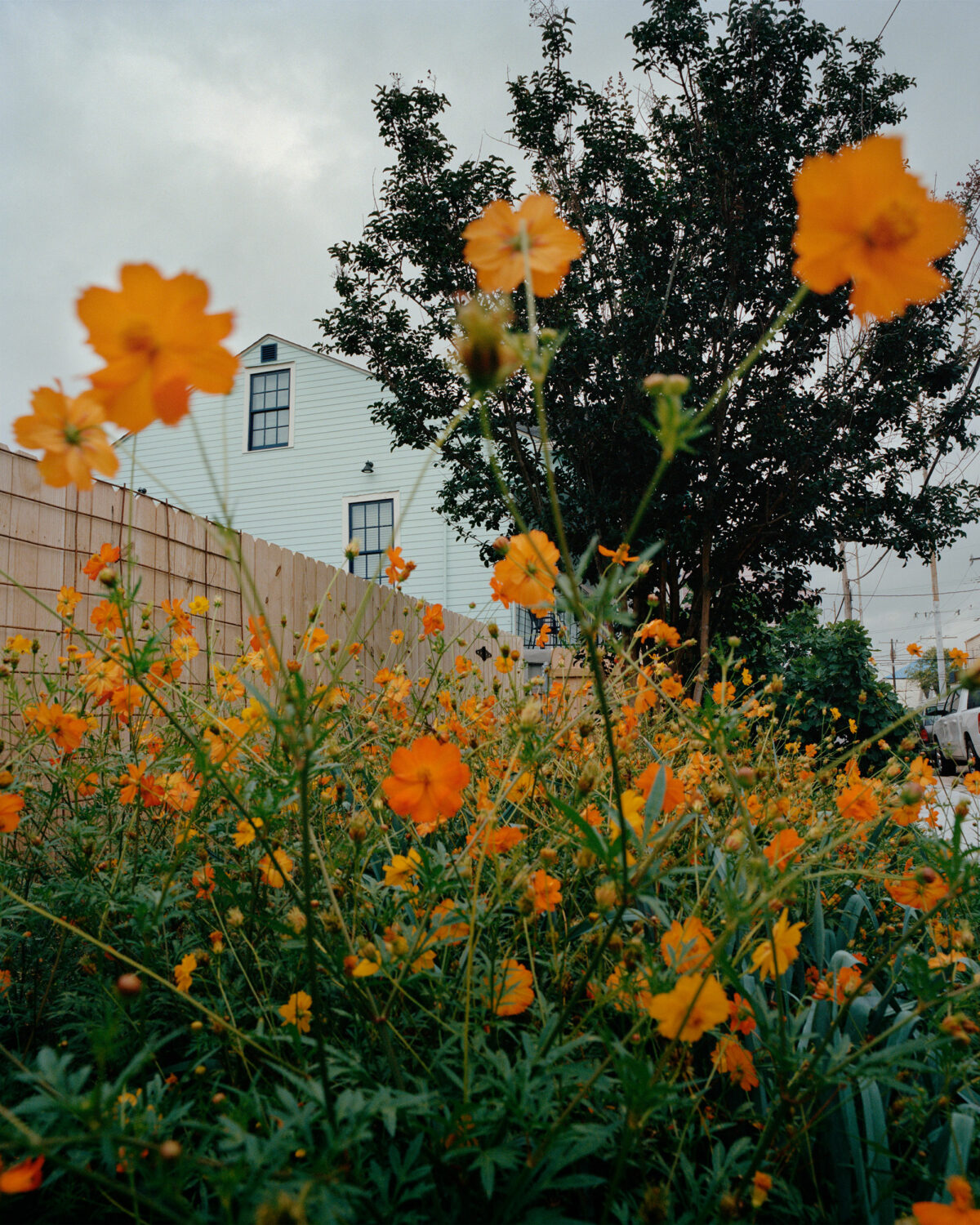We live and dream between the quotation marks of cliché. Even our deepest fantasies often seem to have been colonized by other people’s pictures. Is it conceivable, then, to approach photography with a sense of originating vision, or does the medium at this stage require a kind of deliberate forgetfulness, a willed ignorance of its compromised, historical character? The Museum of Modern Art’s New Photography 2010 exhibition suggests a desire to experience photography without its jadedness, but also without its past artistic pretentions. Since its inception in 1985, the New Photographyseries has introduced the work of some 70 artists, making it a highly selective but influential summary. This year’s edition may be the most revealing yet. On view through January 10, 2011, it features 36 works by four artists. The curator, Roxana Marcoci, remarks, “This younger group of artists reinvest in photographic authorship, creating pictures that often exist simultaneously as commercial assignment and artwork. They recognize photography to be a fluid medium.” But more than fluidity, what we see in these photographs is an awareness that photography has long since exhausted its classical genres (landscape, portrait, still life). No surprise after the withering cultural and historical examination the medium has been subjected to since the early 1980s. Marcoci calls this work “post-appropriation,” but just what does the “post” imply? Can the medium move beyond its lost innocence and corrosive self-awareness? Her choices offer no simple answer. We can see remnants of post-modern critiques in the Alex Prager image on our cover, Crowd #1 (Stan Douglas), one of her staged tableaux usually inspired by images from 1950s and ’60s films. This one is highly refracted, based as it is on another staged image by contemporary artist Stan Douglas. Less pointed than Cindy Sherman’s Film Stills, Prager’s work testifies to how ubiquitous and free floating Hollywood film images are. That is the point: the popular past, divorced from its historical situation, has been reinvented as fashion. Likewise, in Roe Ethridge’s work, a deliberate naiveté about everything from the snapshot to the advertising photograph and even the worn-out still life re-animates those very genres. Israeli photographer Elad Lassry is likely to put almost anything inside a photographic frame, from a still of Anthony Perkins to a bunch of peppers and mushrooms. Their status as distinct photographic occasions is conferred by little more than the frame itself. Amanda Ross-Ho seems the odd one out in this group. Her idiosyncratic collage aesthetic celebrates the illusionism, object-ness and process character of the medium. In comparison to the other works in New Photography 2010, these look like love letters to the medium, with a wink that says, “I believe because I want to.”
Categories

